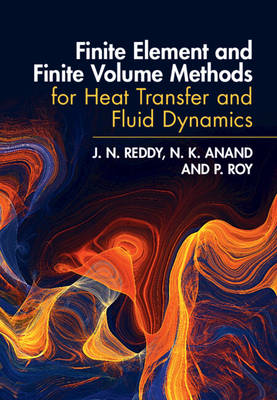
- Afhalen na 1 uur in een winkel met voorraad
- Gratis thuislevering in België vanaf € 30
- Ruim aanbod met 7 miljoen producten
- Afhalen na 1 uur in een winkel met voorraad
- Gratis thuislevering in België vanaf € 30
- Ruim aanbod met 7 miljoen producten
Zoeken
Omschrijving
Introduces the two most common numerical methods for heat transfer and fluid dynamics equations, using clear and accessible language. This unique approach covers all necessary mathematical preliminaries at the beginning of the book for the reader to sail smoothly through the chapters. Students will work step-by-step through the most common benchmark heat transfer and fluid dynamics problems, firmly grounding themselves in how the governing equations are discretized, how boundary conditions are imposed, and how the resulting algebraic equations are solved. Providing a detailed discussion of the discretization steps and time approximations, and clearly presenting concepts of explicit and implicit formulations, this graduate textbook has everything an instructor needs to prepare students for their exams and future careers. Each illustrative example shows students how to draw comparisons between the results obtained using the two numerical methods, and at the end of each chapter they can test and extend their understanding by working through the problems provided. A solutions manual is also available for instructors.
Specificaties
Betrokkenen
- Auteur(s):
- Uitgeverij:
Inhoud
- Aantal bladzijden:
- 402
- Taal:
- Engels
Eigenschappen
- Productcode (EAN):
- 9781009275484
- Verschijningsdatum:
- 26/01/2023
- Uitvoering:
- Hardcover
- Formaat:
- Genaaid
- Afmetingen:
- 170 mm x 244 mm
- Gewicht:
- 861 g

Alleen bij Standaard Boekhandel
Beoordelingen
We publiceren alleen reviews die voldoen aan de voorwaarden voor reviews. Bekijk onze voorwaarden voor reviews.











